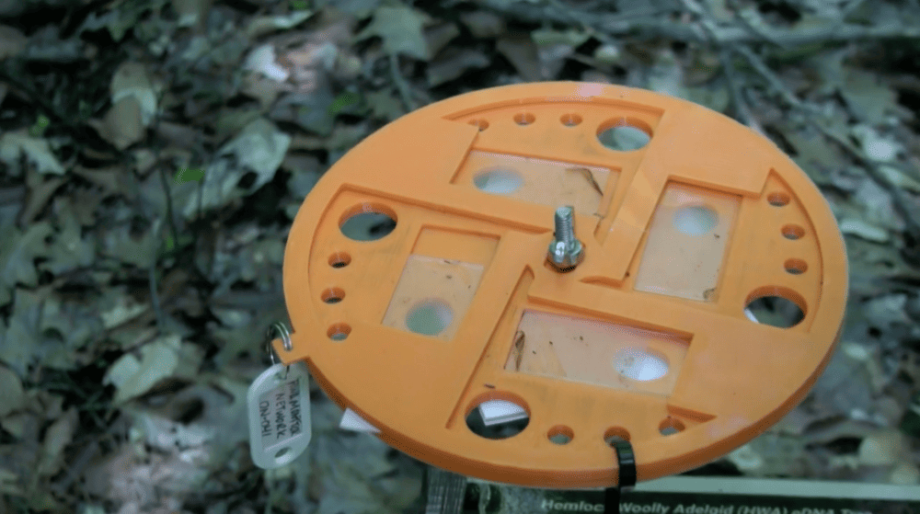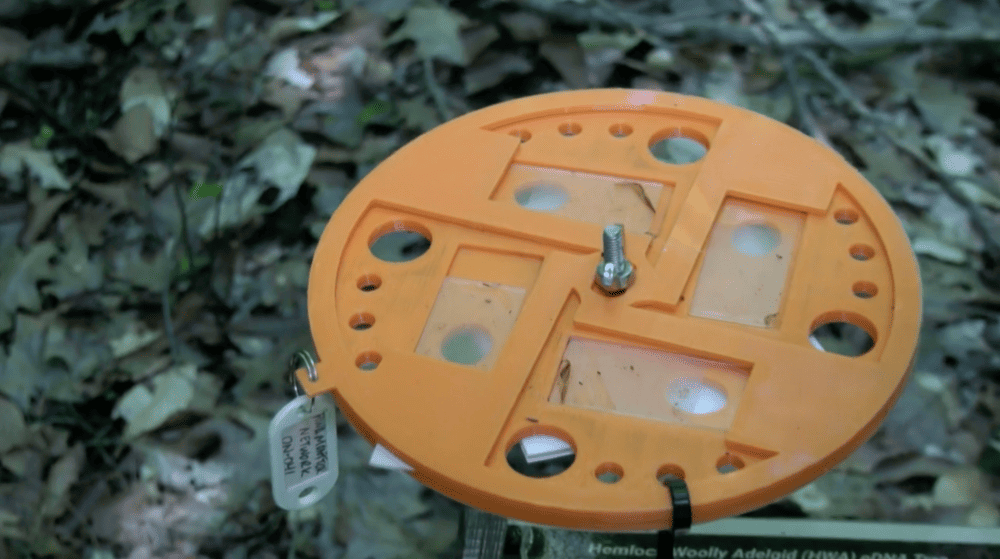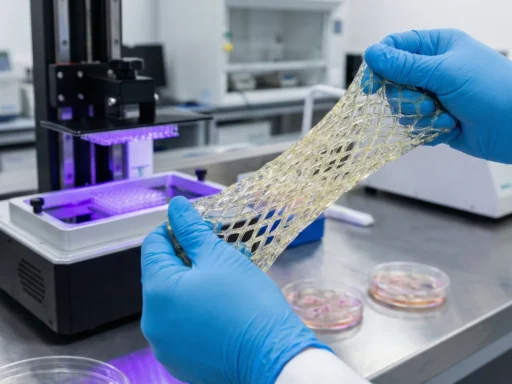An exciting pilot project in Ontario is using 3D innovation to create traps for tracking the invasive hemlock woolly adelgid (HWA), a tiny insect that kills hemlock trees by sucking fluid from twigs and leaving behind a wool-like wax.
The initiative is down to a partnership between Natural Resources Canada and the Invasive Species Centre, and is already being well-received in the community. Concerned about the activity of the pest, Neil Dunning, president of the Brant Woodlot Owners Association, has started using a small orange trap designed to detect the insect’s presence.
“Bits of DNA from the aphids will fall on the slides,” explained Dunning in an interview. “At the end of June, I will mail the slides to the Invasive Species Centre.”
Forest entomologist Chris MacQuarrie of Natural Resources Canada added that about 100 people are hosting traps. “They volunteered to host the trap on their property, and to be able to get one, they had to tell us whether they have a hemlock they’re responsible for,” he said.
The program’s success last year has led to an expansion, doubling the number of traps. Test slides from the area will be sent to a lab in Ottawa where scientists can extract the DNA from the vaseline that has been captured to check for the presence of hemlock woolly adelgid DNA, a key indicator to potential threats to forest health.
With chemical treatments that don’t harm wildlife not widely available, it is encouraging to see technology come to the rescue. Hemlock trees are an important species and a symbol of Canada, and these 3D-printed traps could play a crucial role in protecting them.






